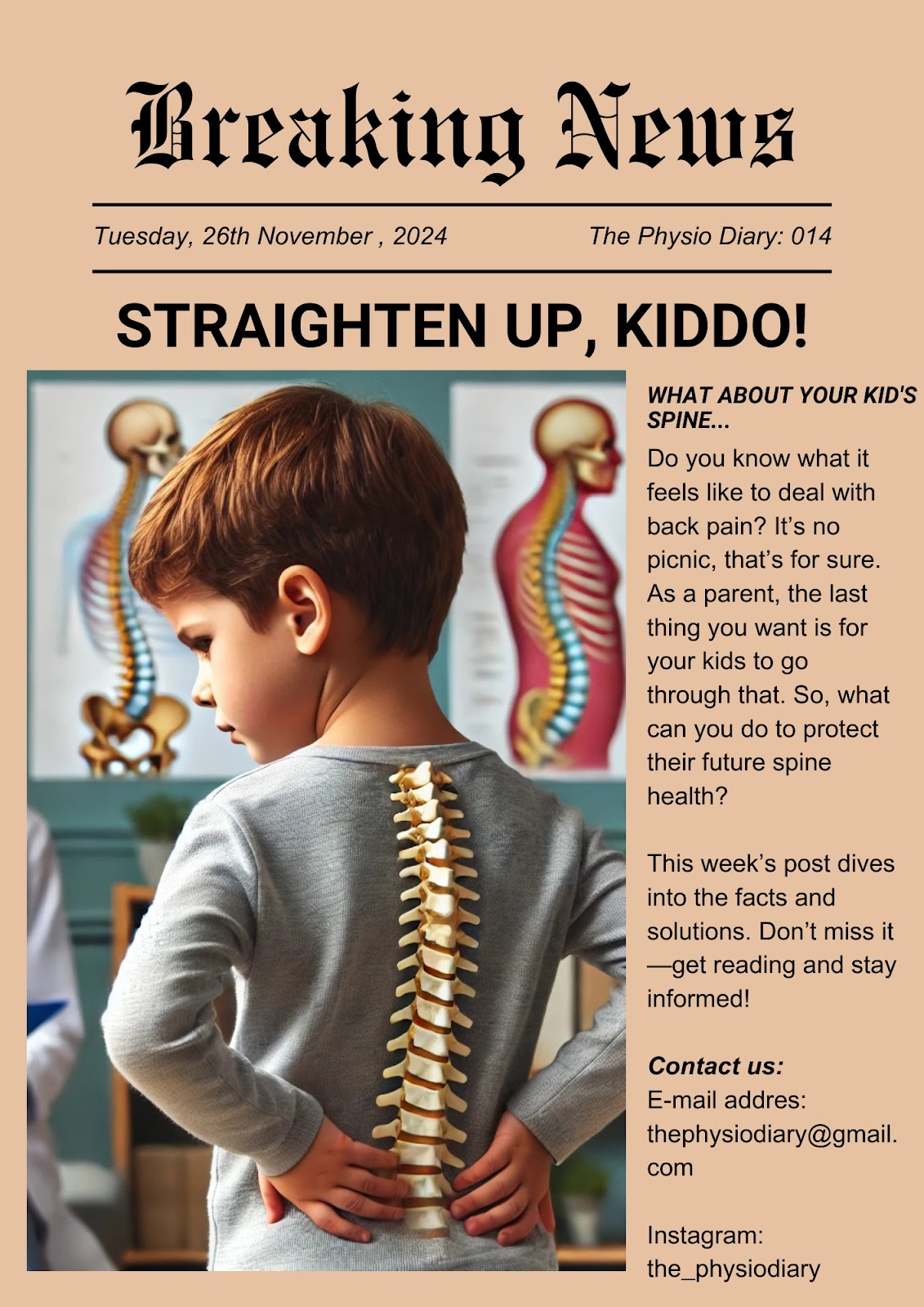STRAIGHTEN UP, KIDDO!

Do You Know the Impact of Scoliosis on Children? Scoliosis can feel just as isolating for a child as dealing with a serious condition like HIV. While this is not true for every child, those with severe scoliosis often struggle with self-esteem—especially when faced with treatments like wearing braces for long hours. Let’s explore what scoliosis is, why it happens, and how to manage it in a way that supports both the body and the mind. What Causes Scoliosis in Children? Unlike non-structural scoliosis (caused by temporary factors like posture), scoliosis in children is usually structural, meaning the problem lies in the spine itself. The most common cause—Idiopathic Scoliosis—accounts for 80% of cases. Surprisingly, it doesn’t have a known cause! The curvature often appears out of nowhere. Here’s something to think about, though: Could poor positioning during early childhood contribute? While there’s no proof, it’s a good reason to keep kids sitting and moving in healthy way...


